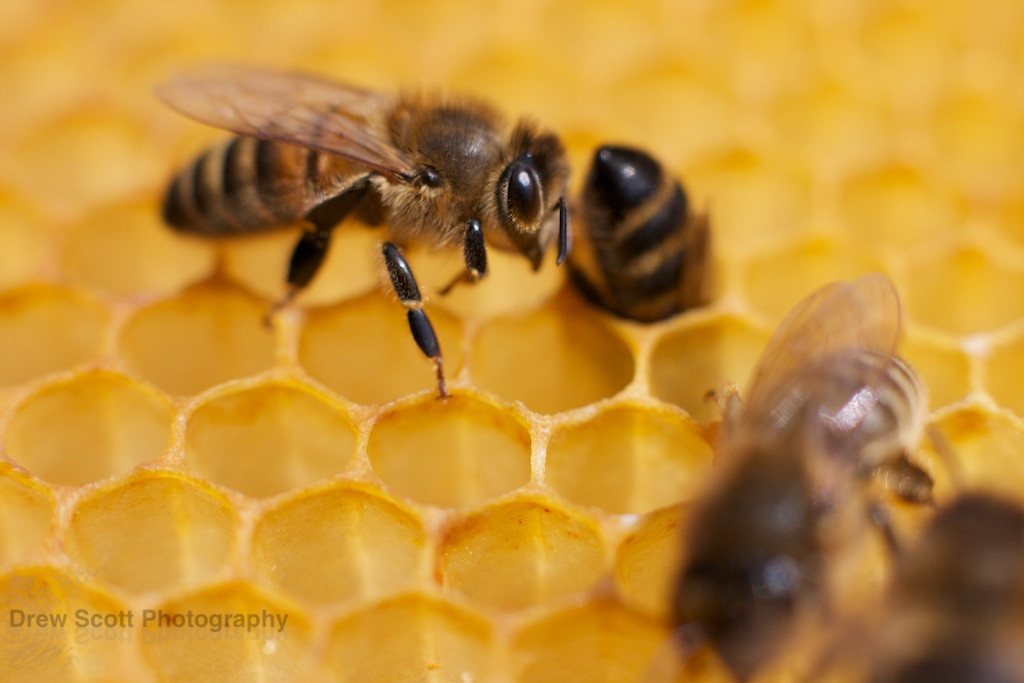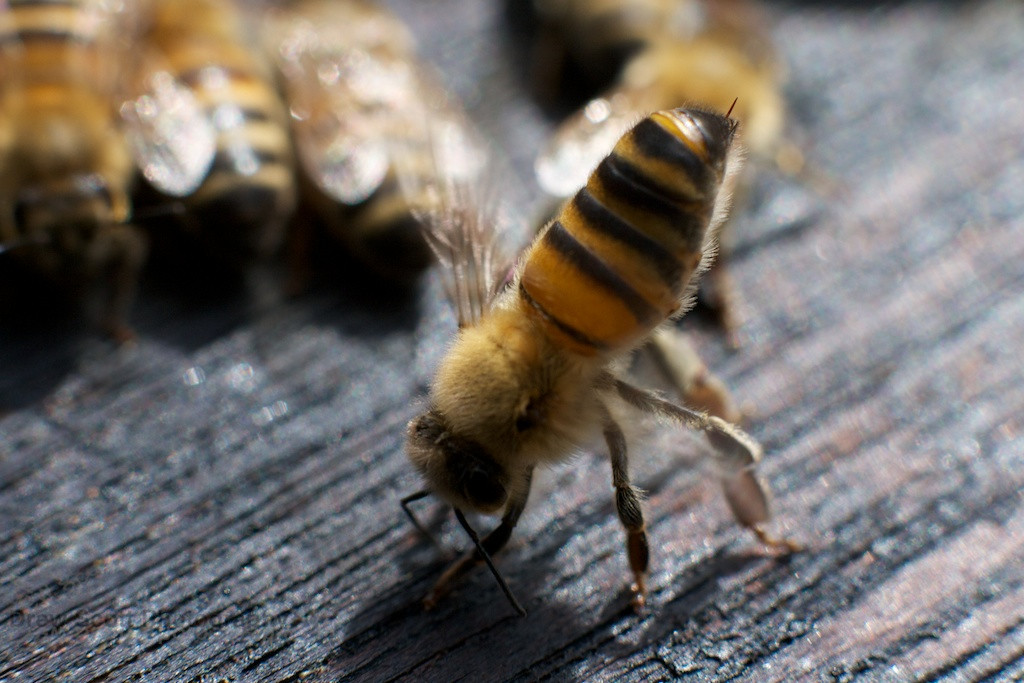Bees are fascinating creatures, and their behaviors are often intricate and purposeful. If you’ve ever wondered why bees appear to wiggle, shake, or raise their bums, you’re not alone! Many people are curious about these movements, and understanding them offers a glimpse into the complex world of bee communication and survival. Let’s explore the reasons behind these intriguing bee bum wiggles.
The Waggle Dance: A Bee’s GPS
One of the most significant reasons you might see a bee wiggling its bum is communication, specifically through the renowned waggle dance. This incredible dance is how honeybees communicate the location of food sources that are over 100 meters away from the hive. Imagine a bee returning from a successful foraging trip; upon entering the hive’s darkness, it performs a figure-of-eight pattern on the vertical comb. The “waggle” occurs in the middle section of this figure eight.
During the waggle dance, the forager bee isn’t just moving; it’s conveying crucial information. Worker bees, in the darkness of the hive, “watch” – or more accurately, feel – the dancer’s vibrations to decipher the message. The direction of the waggle run on the comb indicates the direction of the food source relative to the sun. Bees have the remarkable ability to perceive polarized light, allowing them to navigate even when the sun isn’t directly visible. Furthermore, the quality and proximity of the food source are communicated through the dance’s intensity; a closer, richer food source results in a faster dance with more vigorous waggles.

A close-up of a bee’s abdomen, highlighting the part of the bee involved in the wiggling dance communication.
Beyond the waggle dance, bees utilize other dances involving abdominal movements for different communication needs:
- Round Dance: Used to signal food sources within a closer range, approximately 15 meters from the hive. This dance is circular and doesn’t convey directional information, simply alerting other foragers to nearby food.
- Transition Dance: A dance form intermediate between the round and waggle dance, used when food is located between 15 and 100 meters away. It’s a transitional form as the distance increases, leading to the more complex waggle dance.
- Buzzing Runs: An energetic and rapid dance that signals excitement and is crucial for swarming. A worker bee runs through the colony buzzing its wings, and this excitement is contagious, prompting other bees to join the buzzing and running. This collective excitement helps initiate a swarm leaving the hive or taking flight to a new home.
- Dorsoventral Abdominal Vibrating (DVAV) Dance: This “get moving” dance is used to recruit more foragers, especially during periods of abundant nectar flow. A worker bee will mount or grasp another bee and vibrate its abdomen on top of the other bee, urging them to join the foraging effort.
Abdominal Pulsing: Breathing in Action
Sometimes, the observed “bum wiggling” might not be a dance at all, but rather the rhythmic pulsing of the abdomen related to breathing. Unlike humans with lungs, bees breathe through a network of tubes called tracheae, which connect to the outside air via small holes called spiracles located along their body.
When a bee is resting or inactive, oxygen exchange can occur passively through diffusion. However, during periods of increased activity, bees need more oxygen. To facilitate this, they actively pump their abdomens to increase gas exchange. This pumping motion results in a rhythmic in-and-out movement of the abdomen, which might be perceived as “pulsing.” It’s akin to humans breathing heavily after physical exertion.
Nasonov Scenting: Raising the Bum for Location
Another distinct reason for bees raising their bums into the air is to expose and utilize their Nasonov gland. This gland, located on the bee’s abdomen, releases a distinctive scent attractive to other bees. To effectively disperse this scent, bees will raise their abdomen and fan their wings simultaneously, creating airflow to carry the pheromone further.
The Nasonov pheromone serves as a crucial beacon for bees. They use it to mark locations that lack inherent scent, such as water sources or a new hive location. Beekeepers often observe this behavior when a hive has been moved even a short distance. Bees returning to the old location will use the Nasonov gland to help guide lost foragers to the relocated hive. Similarly, when a virgin queen bee leaves the hive for mating, worker bees will use Nasonov pheromones at the hive entrance to ensure her safe return.

A bee exhibiting Nasonov gland scenting behavior, raising its abdomen to release pheromones for communication.
In conclusion, the various ways bees move their bums – wiggling, shaking, pulsing, and raising – are all vital aspects of their behavior. From the intricate communication of the waggle dance to the essential functions of breathing and scent marking, these movements highlight the complexity and efficiency of bee life. Observing these “Wiggling Dances” offers a fascinating insight into the sophisticated world of honeybee colonies.
